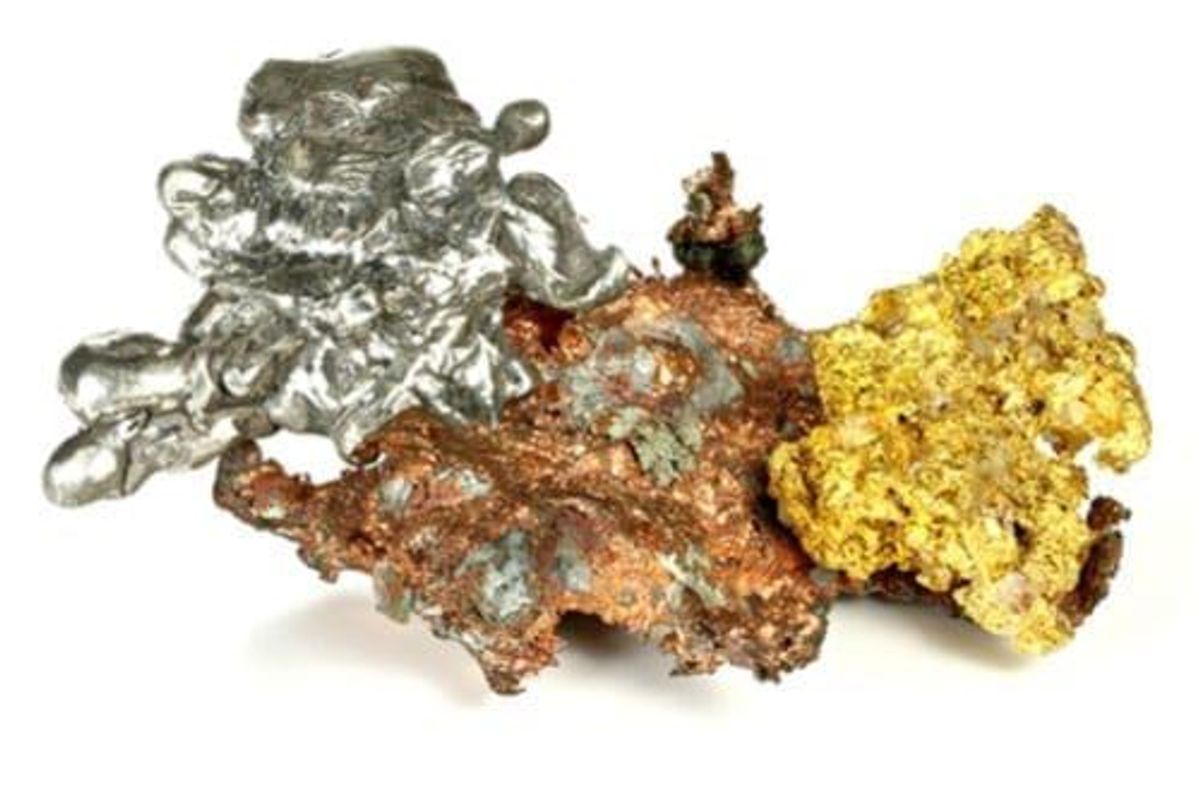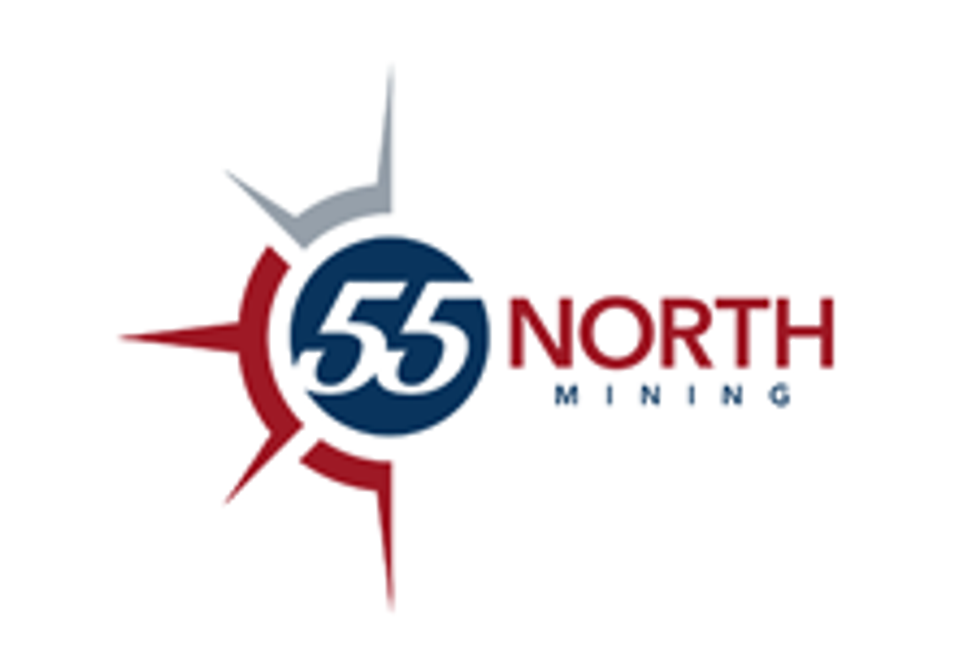Precious Metals Weekly Round-Up: Gold Price Hits Two-week High

Gold was able to hold its ground against a rising US dollar, while palladium hit an all-time high on expectations of a widening deficit.
The gold price hit a two-week high on Friday (February 15) on expectations that the US Federal Reserve would stick to its dovish stance on monetary tightening after the release of weak US economic data.
“Gold (price action) is like watching oil evaporate. The market is continually bearish at lows and bullish at highs with actual breaks infrequent,” said Tai Wong, head of base and precious metals derivatives trading at BMO.
“The end of the (Fed) tightening cycle now looms which improves the overall backdrop for gold significantly. With the Fed on hold, there is less pressure for the rest of the globe to keep pace.”
As a result, gold was able to hold its ground against a rising US dollar, which was trading 0.2 percent higher on Friday.
“The world economy is slowing very rapidly and therefore monetary policy everywhere will be eased, so the outlook is a lot more inflationary, helping gold,” said Alasdair Macleod, head of research at GoldMoney.com.
As of 1:00 p.m. EST, gold was trading at US$1,317.25 per ounce.
Looking over to silver, the white metal lost 0.1 percent on Friday and was on track for a weekly loss. As of 1.00 p.m. EST, silver was trading at US$15.67.
Meanwhile, platinum inched up 0.5 percent to US$789.15 and palladium surged to an all-time high of US$1,434.50.
“Bullish commentary, including from Johnson Matthey, on widening deficits for 2019 this week saw palladium close clearly above US$1,400 yesterday (February 14), which has driven more buying today,” BMO’s Wong said.
“The size of the deficit was bigger than expected.”
Precious metals top news stories
Our top precious metals news stories this week feature Newcrest Mining (ASX:NCM), which has entered an agreement with Roxgold (TSX:ROXG,OTCMKTS:ROGFF) to sell its Séguéla gold project, Intermin Resources (ASX:IRC) signing an exclusivity deed with Focus Minerals (ASX:FML) and an in-depth look at the history of the gold standard.
1. Newcrest to Sell Séguéla Gold Asset to Roxgold for US$30 Million
Newcrest Mining has entered an agreement to sell its Séguéla gold project to Roxgold for US$30 million.
The sale will see Roxgold pay US$20 million in cash upfront upon completion of the agreement, along with a deferred US$10-million payment in cash upon first gold production. Along with the Séguéla project itself, Roxgold will receive an accompanying portfolio of regional exploration tenements in Côte d’Ivoire.
While completion is subject to conditions such as approval from the mines minister of Côte d’Ivoire and Séguéla’s exploration permit being renewed, the deal is expected to be finalized during the June quarter.
2. Intermin Resources May Add Coolgardie Gold Project to Portfolio
Intermin Resources has signed an exclusivity deed with Focus Minerals to potentially acquire the Coolgardie gold project in Western Australia.
The deal would entail Intermin paying Focus a AU$300,000 exclusivity deposit within seven days, followed by a five-month exclusivity period for the two companies to negotiate, finalize and secure necessary documents and approvals. Through a proposed deferred payment structure, the acquisition would total AU$40 million in cash and shares over a 3.5-year period.
Coolgardie has a mineral resource estimate of 27.3 million tonnes grading 2.4 grams per tonne gold for 2.1 million ounces, and its acquisition would also include the Three Mile Hill processing plant; the 1.2-million-tonne-per-year plant is currently on care and maintenance.
3. The History of the Gold Standard
Although no government currently uses the gold standard, it is important to examine its historical roots to get a better understanding of how the current economic landscape came to be.
From its introduction in the 1800s to its complete removal in 1971, the pros and cons of the gold standard have been widely debated, with whispers that President Donald Trump is interested in bring it back to the United States.
In this article, we provide an overview of the gold standard is and when it began, as well as why and when it was removed and what it was replaced with.
In other precious metals news
In other precious metals news this week, Canadian gold miner Agnico Eagle (NYSE:AEM,TSX:AEM) is forecasting record production this year.
“With the start of new operations at both Meliadine and Amaruq this year, we anticipate record gold production in 2019 with further production growth in 2020 and beyond,” said Sean Boyd, chief executive officer.
Meanwhile, South Africa’s Gold Fields (NYSE:GFI,JSE:GFI) reported a 73 percent fall in full year profits, due to a decline in gold production led by its South Deep operations.
“While South Deep had a difficult year, the large-scale restructuring completed at the end of 2018, places the mine on an improved footing from which to gradually build up production,” said CEO Nick Holland in a statement.
Barrick Gold (NYSE:GOLD,TSX:ABX) is also having challenges developing and mining deposits in particular in Latin America. In fact, CEO Mark Bristow said on Wednesday (February 13) that the Veladero joint venture with Shandong Gold in Argentina isn’t performing as a tier one asset.
He also mentioned projects in the El Indio belt straddling the Argentina-Chile border, and Alturas in Chile, as high-cost efforts.
“Every one of those projects, if you bring them to account, they are very high capital,” Bristow told Bloomberg.
Looking over to palladium, Johnson Matthey said in a report that a deficit in the palladium market, which has driven prices of the metal to record highs, will widen dramatically this year.
Don’t forget to follow us @INN_Resource for real-time updates!
Securities Disclosure: I, Priscila Barrera, hold no direct investment interest in any company mentioned in this article.




